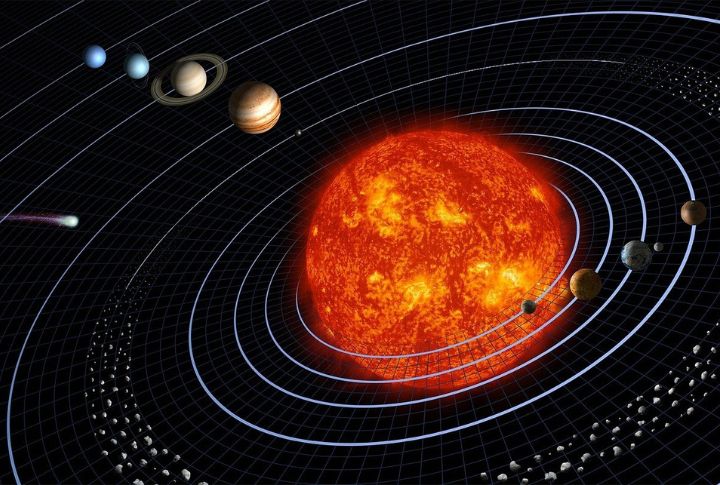
Even after the first probes left Earth, the solar system still keeps its most puzzling secrets locked away. Some clues lie hidden in ancient magnetic fields, while others flicker through distant auroras. If these worlds could speak, their stories would be stranger than any science fiction—and they’re still waiting to be unraveled. Keep reading to explore 20 mysteries that have baffled scientists.
The Tilt Of Uranus’s
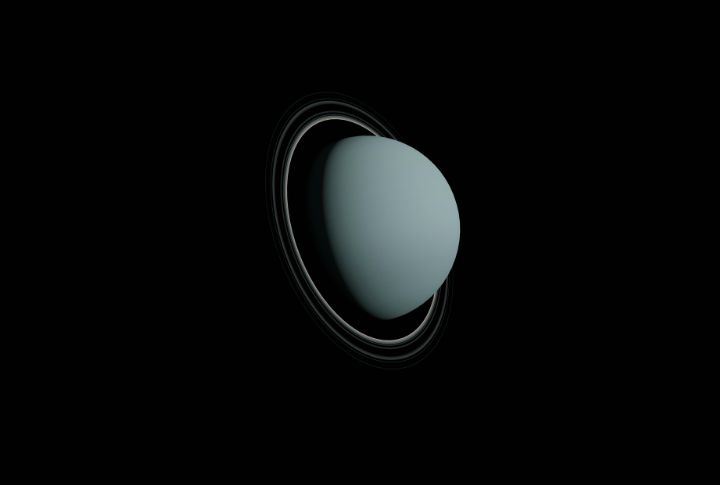
Uranus spins on its side with a bizarre 97.77-degree tilt, making it one of the most unusual planets in our solar system. While probes have uncovered spinning giants, youthful moons, and strange energy outbursts, many mysteries still linger. Magnetic fields and auroras suggest the presence of unknown forces at work. These planetary enigmas seem straight out of science fiction, waiting to be unraveled in the cold, dark depths of space.
Neptune’s Mid-Latitude Auroras
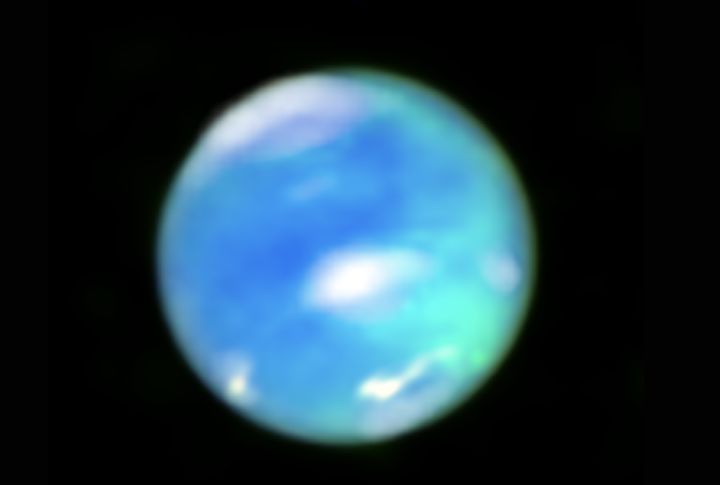
Imagine auroras glowing far from the poles. Neptune’s mid-latitude light shows have left scientists baffled, even with the help of the James Webb Space Telescope. Unlike Earth’s predictable glow, Neptune’s auroras break all the rules. What’s causing its magnetic field to behave so oddly? Dive deeper, and we might uncover secrets hidden in the planet’s mysterious blue hue.
The Shrinking Of Jupiter’s Great Red Spot
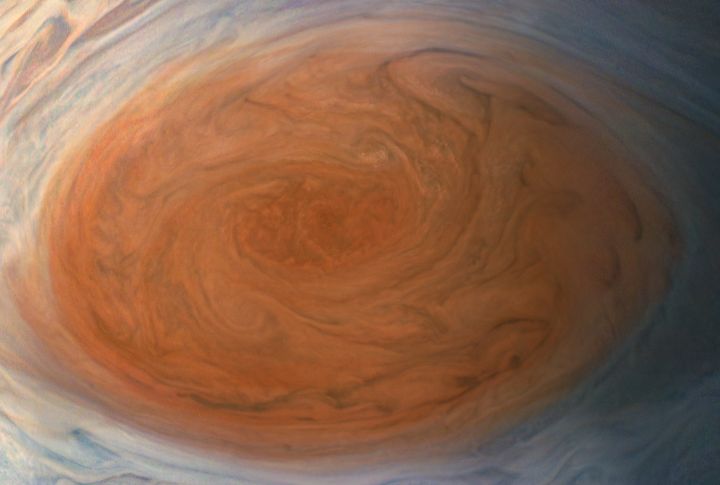
Formed over 350 years ago, Jupiter’s Great Red Spot is slowly shrinking, much like a deflating balloon. Once large enough to swallow three Earths, it now barely fits one. The cause behind this centuries-old storm’s fading presence is hidden within its fierce 400-mph winds, still raging but slowly losing their power.
Saturn’s Polar Hexagon
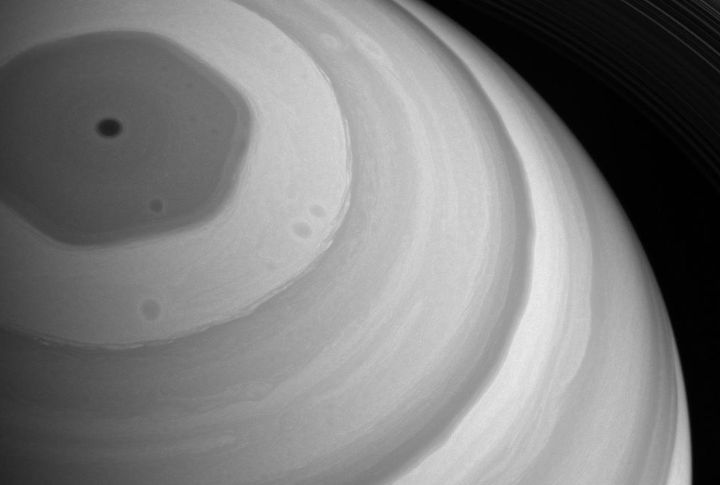
Spinning above Saturn’s north pole, a jet stream shapes clouds into a six-sided pattern. The hexagon stretches 20,000 miles across and remains unbroken. No other planet shows this kind of cosmic geometry. What drives this swirling symmetry? Scientists are still sketching out theories.
Venus’ Retrograde Spin

Venus spins in a slow reverse, taking 243 Earth days to complete just one rotation—making its day longer than its year. Theories suggest tidal forces or ancient collisions are possible causes, but none fully explain the phenomenon. Venus moves against the flow of time, a celestial mystery that continues to intrigue.
Mercury’s Off-Center Magnetic Field
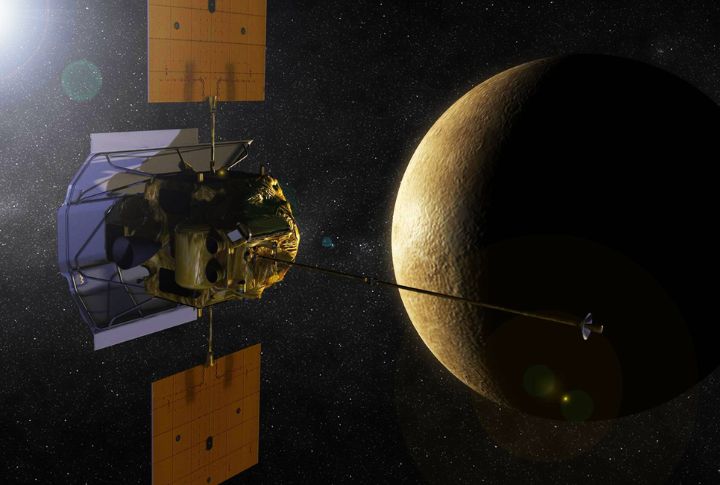
Discovered by the MESSENGER spacecraft, Mercury’s magnetic field tilts north, mysteriously misaligned with its core. Unlike Earth’s symmetric field, this one skews in an unusual way. Molten iron deep beneath the surface may be causing the anomaly, while Mercury keeps its secrets hidden in the silence and harsh glare of the Sun.
Methane on Mars

Detected in sudden puffs, Mars’ methane appears and disappears like a ghost. Could underground life be releasing it, or is it a result of rock chemistry? The Curiosity rover picked up fleeting traces in 2013, and every whiff raises new questions with no clear answer.
Pluto’s Ongoing Geological Activity
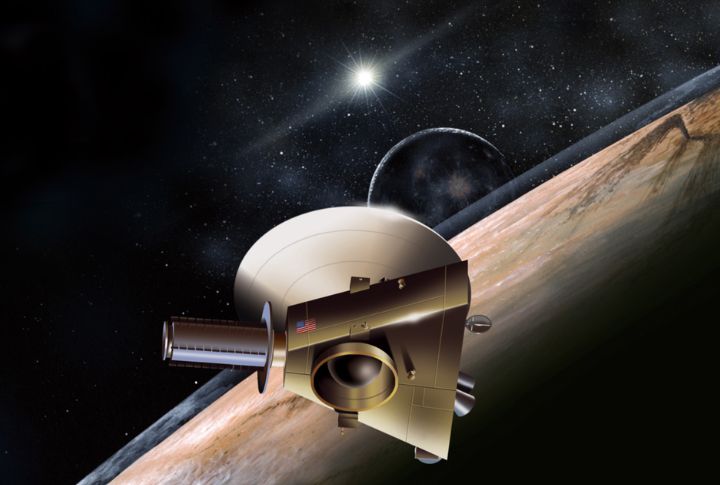
Despite being smaller than Earth’s Moon, Pluto hosts glaciers, mountains, and a heart-shaped plain called Sputnik Planitia. It may hold a liquid ocean beneath its crust. What fuels this frozen dynamo remains a mystery—NASA’s New Horizons mission gave us a peek, not the full story.
The Origin of Saturn’s Rings
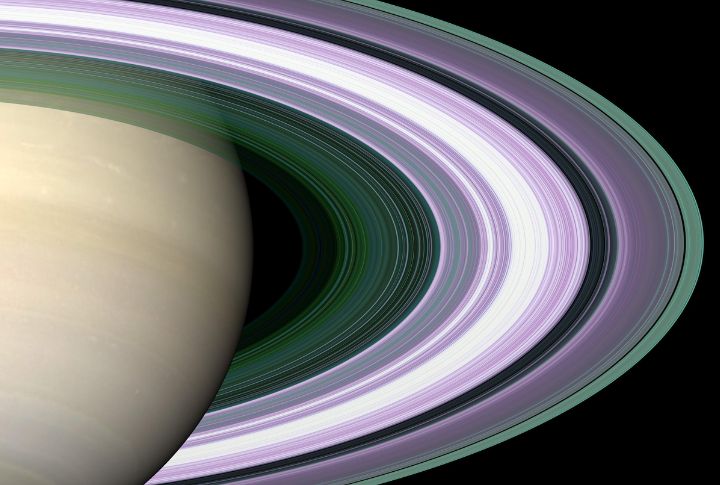
Cassini’s data hints that Saturn’s rings might be as young as 100 to 400 million years, a blink of an eye compared to the planet’s 4.5-billion-year age. Are the rings the remnants of shattered moons, or did they form more recently? The truth lies in the dust, but Saturn isn’t giving up its secrets.
Jupiter’s Missing Core

The Juno probe delved deep into Jupiter and found something unexpected—no distinct core. Models had predicted one, but instead, Jupiter’s heavy elements are mixed unevenly, like coffee swirling in cream. A violent merger in the planet’s past may have blurred its center, with the answer hidden beneath its endless clouds.
Neptune’s Internal Heat
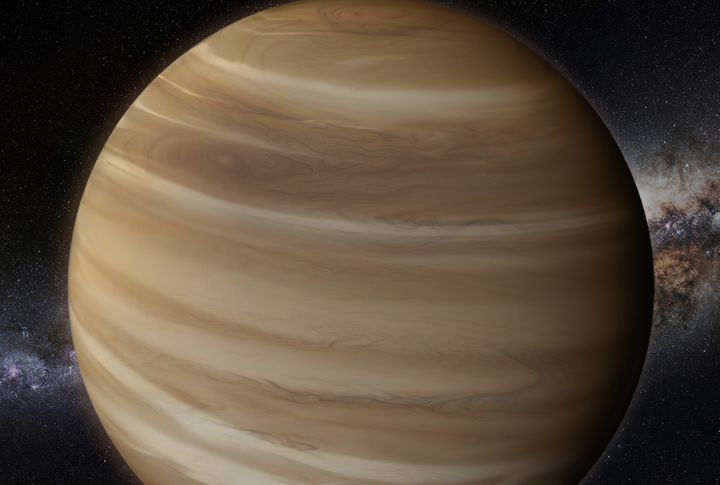
Neptune radiates 2.6 times more energy than it receives from the Sun, like a frozen planet running on a hidden engine. What’s powering it? Internal friction? Decaying matter? The heat leaks from a mystery too distant for easy exploration by probes.
The Fate Of Mars’ Water
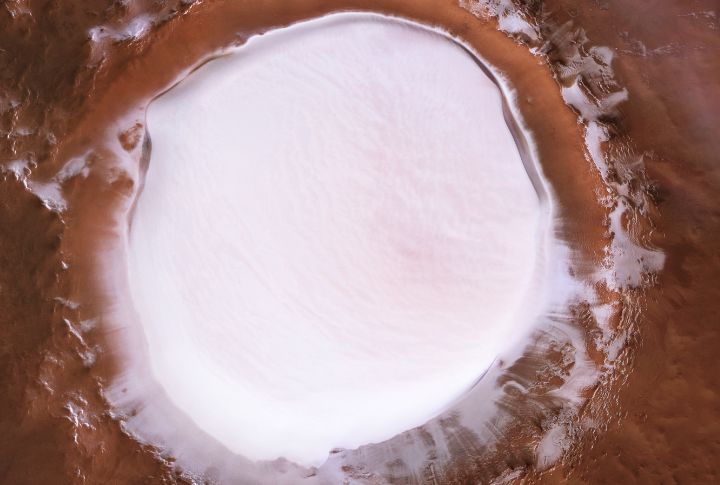
Ancient riverbeds crisscross Mars, but its oceans have long disappeared. Some water may remain in polar ice or underground aquifers, yet satellite scans still leave unanswered questions. A once-wet world has turned into a desert, with the red planet offering only faint clues through its dust storms.
The Moon’s Formation Puzzle
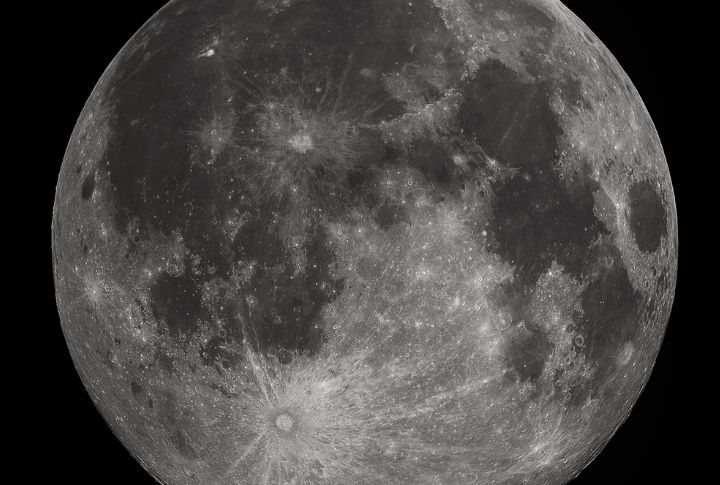
The giant impact theory proposes that Earth collided with a body called Theia, leading to the formation of the Moon. While the isotopic match between Earth and the Moon is remarkably close, it’s possible that multiple collisions or mixing processes played a role in shaping the Moon’s final form.
The Mystery Of Venus’ Volcanic Activity
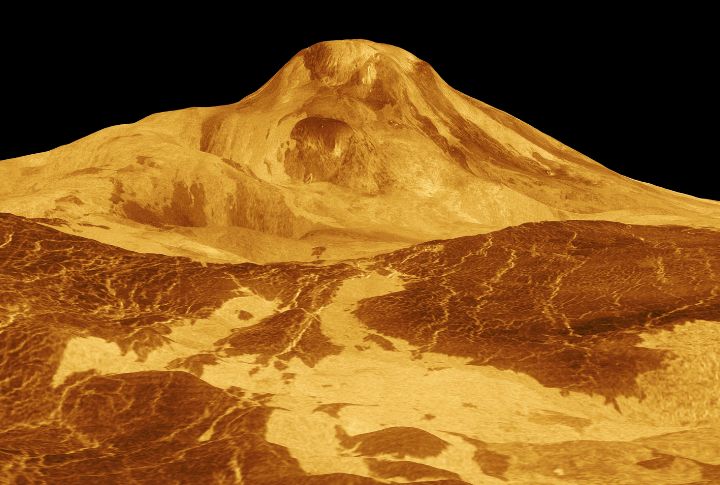
Recent radar images suggest that Venus may have active volcanoes, with lava flows changing over the course of months. But how frequently does Venus erupt, and what fuels this fiery activity beneath its thick clouds? No lander has survived long enough to confirm the full extent of the volcanic activity.
The Origin Of Mars’ Moons
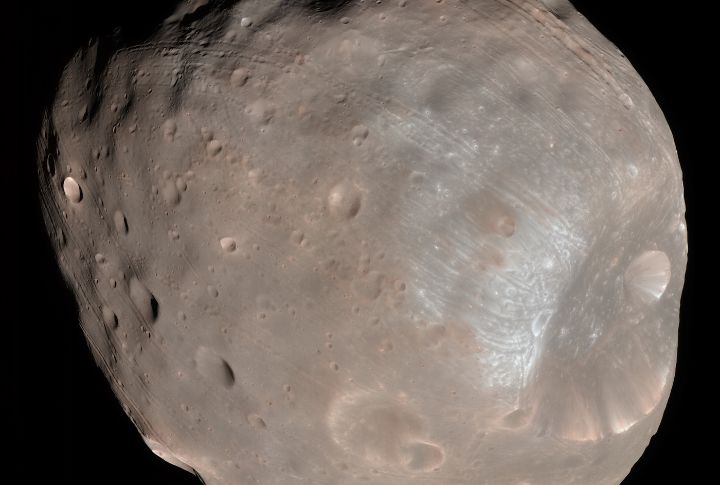
Phobos and Deimos orbit Mars like mysterious, captured asteroids, but their origins puzzle scientists. Their odd shape and density don’t quite add up. Could they be shattered fragments from an ancient collision? The secrets of Mars’ moons hang tantalizingly just above, waiting to be uncovered.
Jupiter’s Mysterious X-Ray Auroras
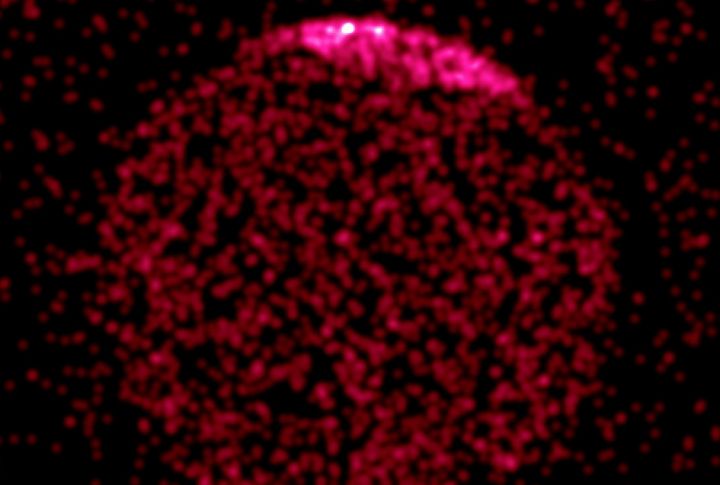
Jupiter’s auroras flash in X-rays, unseen by human eyes. These high-energy pulses are connected to the solar wind, although their intensity remains puzzling. The Chandra and XMM-Newton observatories recorded the bursts, yet the type of celestial wiring that powers the spectacle remains unknown.
The Mystery Of Lunar Swirls
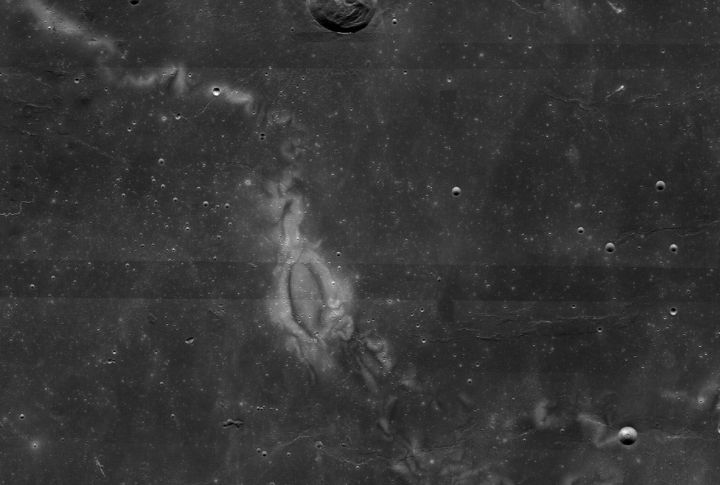
Bright, looping patterns known as lunar swirls trace the Moon’s surface like cosmic brushstrokes. They shine without casting shadows and lack craters. Ancient magnetic fields may have shielded their glow, but Apollo-era data couldn’t decode their mystery. New missions might finally reveal their secrets.
The Composition Of Uranus’ Atmosphere
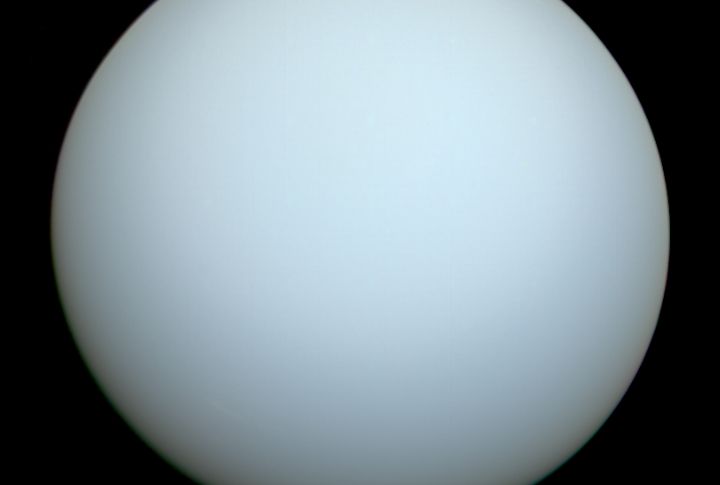
Methane gives Uranus its signature blue-green hue, but the deeper details remain elusive. Scientists believe layers of haze and unusual chemistry are at play. Voyager 2 only skimmed the surface, leaving much to uncover. A return mission could finally lift the pastel veil, revealing the mysteries beneath.
The Search For Planet Nine
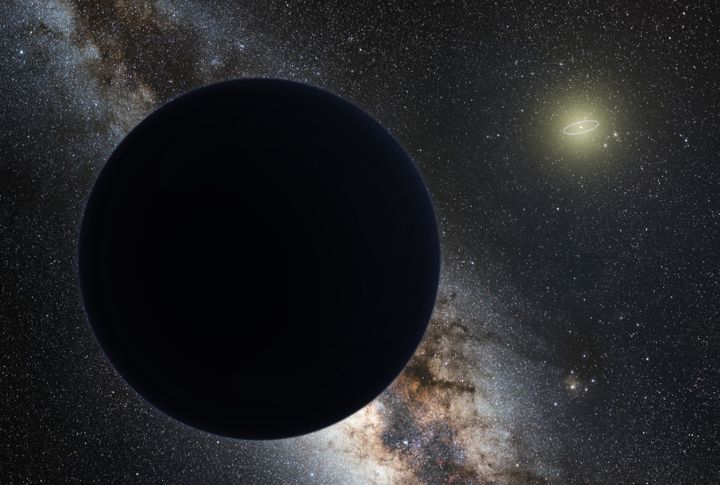
Some far-off objects wobble in strange orbits as if tugged by an invisible force. Enter Planet Nine—a theoretical world ten times the mass of Earth. Telescopes scan the skies, but it remains elusive. Is it lurking in the shadows, or is gravity simply deceiving us?
Saturn’s Surprisingly Young Moons

Enceladus and Dione shine like polished pearls, their icy surfaces gleaming under the distant Sun. Cracks on Enceladus shoot water into space, yet their surfaces remain surprisingly smooth and unscarred. These youthful moons may hide ancient secrets beneath their sparkling exteriors.

